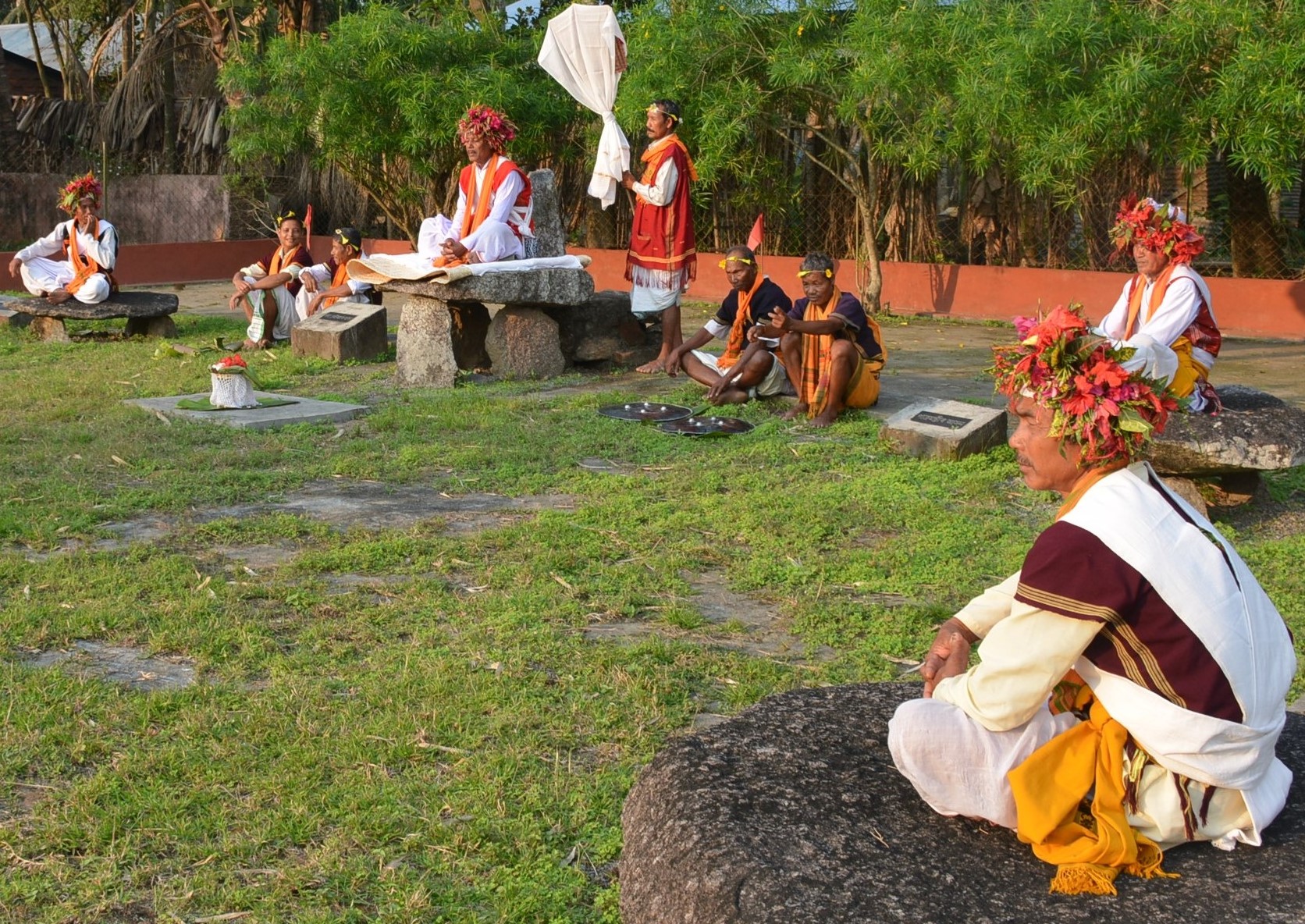INTERACTION BETWEEN THE TOALEAN AND AUSTRONESIAN CULTURES IN THE MALLAWA AREA, MAROS DISTRICT, SOUTH SULAWESI
DOI:
https://doi.org/10.7152/jipa.v44i0.15675Abstract
The Mallawa area lies 92 km northeast of Makassar city and 62 km east of Maros township, in South Sulawesi, Indonesia. Previous research points to an indigenous population named the Toalean and here we demonstrate its presence in the Mallawa area by around 6500–7000 BP, before the immigration of Neolithic Austronesians at around 3580 BP. Distinctive Toalean artefacts are geometric microliths, blades and Maros points, while distinctive Austronesian artefacts are red-slipped pottery and polished stone artefacts (especially axes and adzes). The purpose of this research is to examine archaeological evidence for contact between the first Austronesians and the Toaleans who already occupied Mallawa. The research method involved survey and excavation. The survey finding was documentation of 11 closed sites (caves) and two open sites. Excavation, undertaken in Liang Uttange 1, indicates Toalean occupation by 7000 cal. BP, followed by the arrival of Austronesian speakers in the Mallawa area who then underwent interaction and adaptation. Their interaction with Toaleans is shown by finds such as earthenware, adzes and distinctive types of shell ornaments (Neolithic Austronesian culture) associated with geometric microliths and Maros points (Toalean culture). This start of this interaction is dated to between circa 3500 and 3200 cal. BP at Liang Uttange 1.
Keywords: Mallawa, Austronesian, Toalean, culture contact

